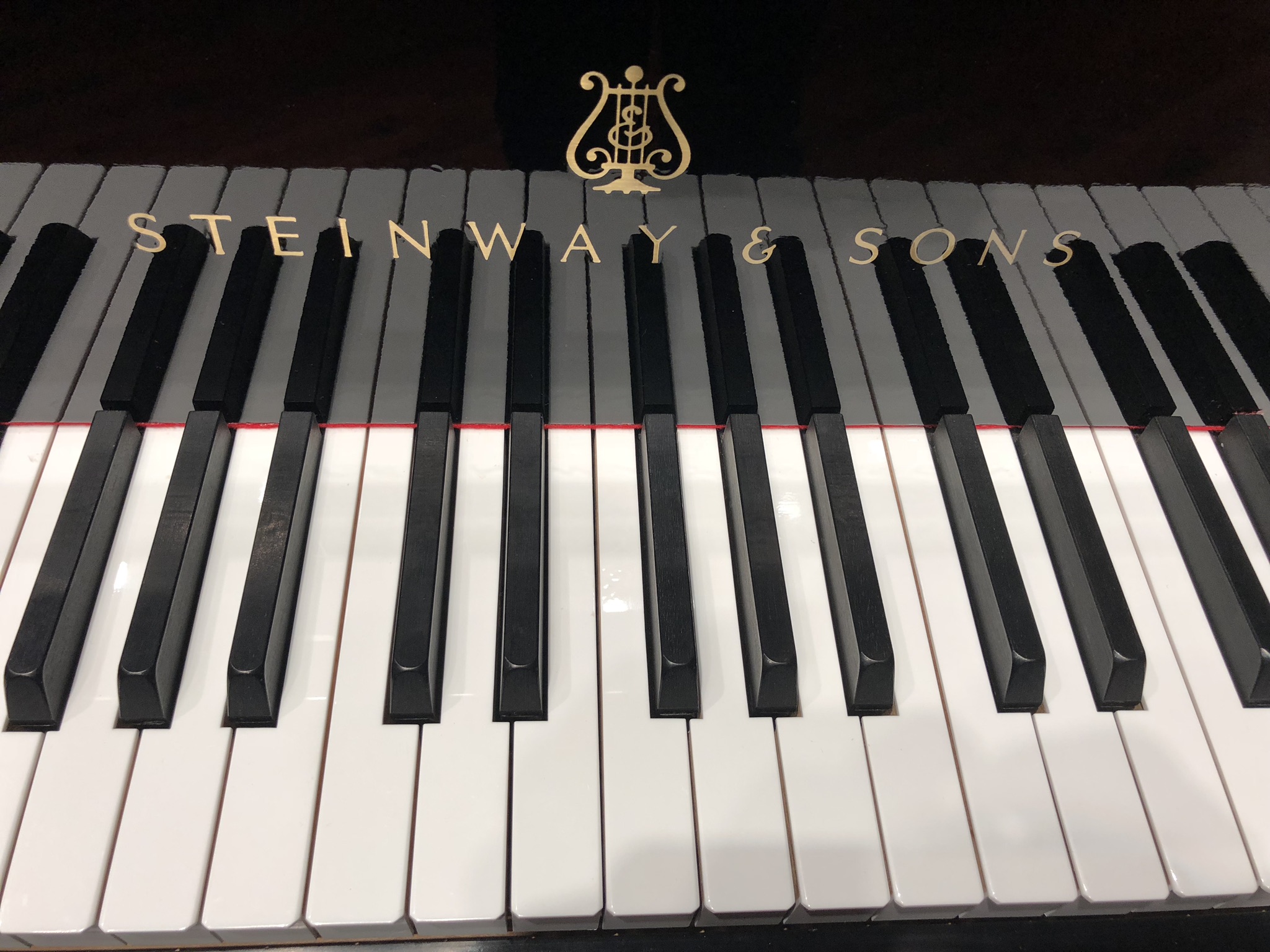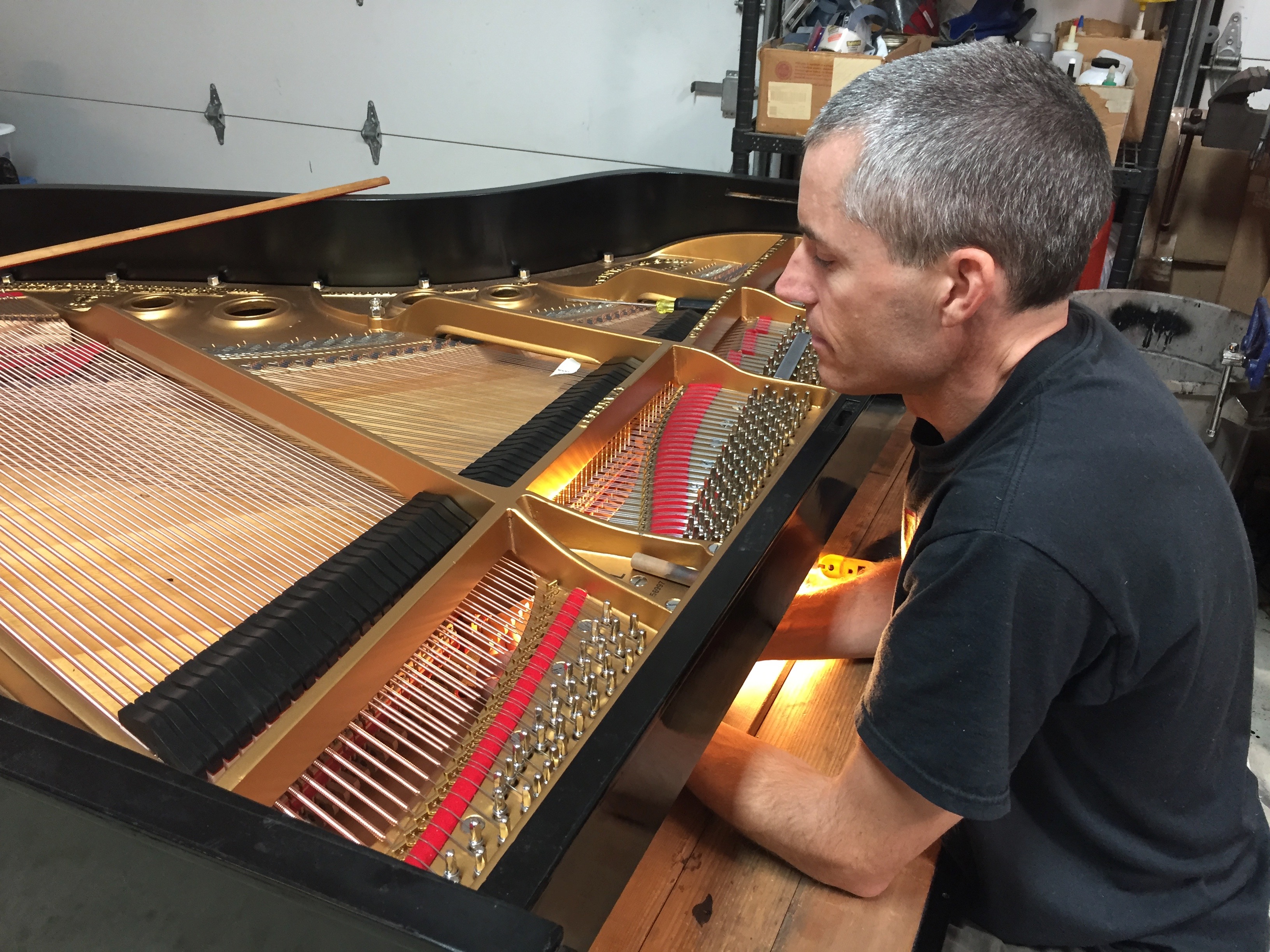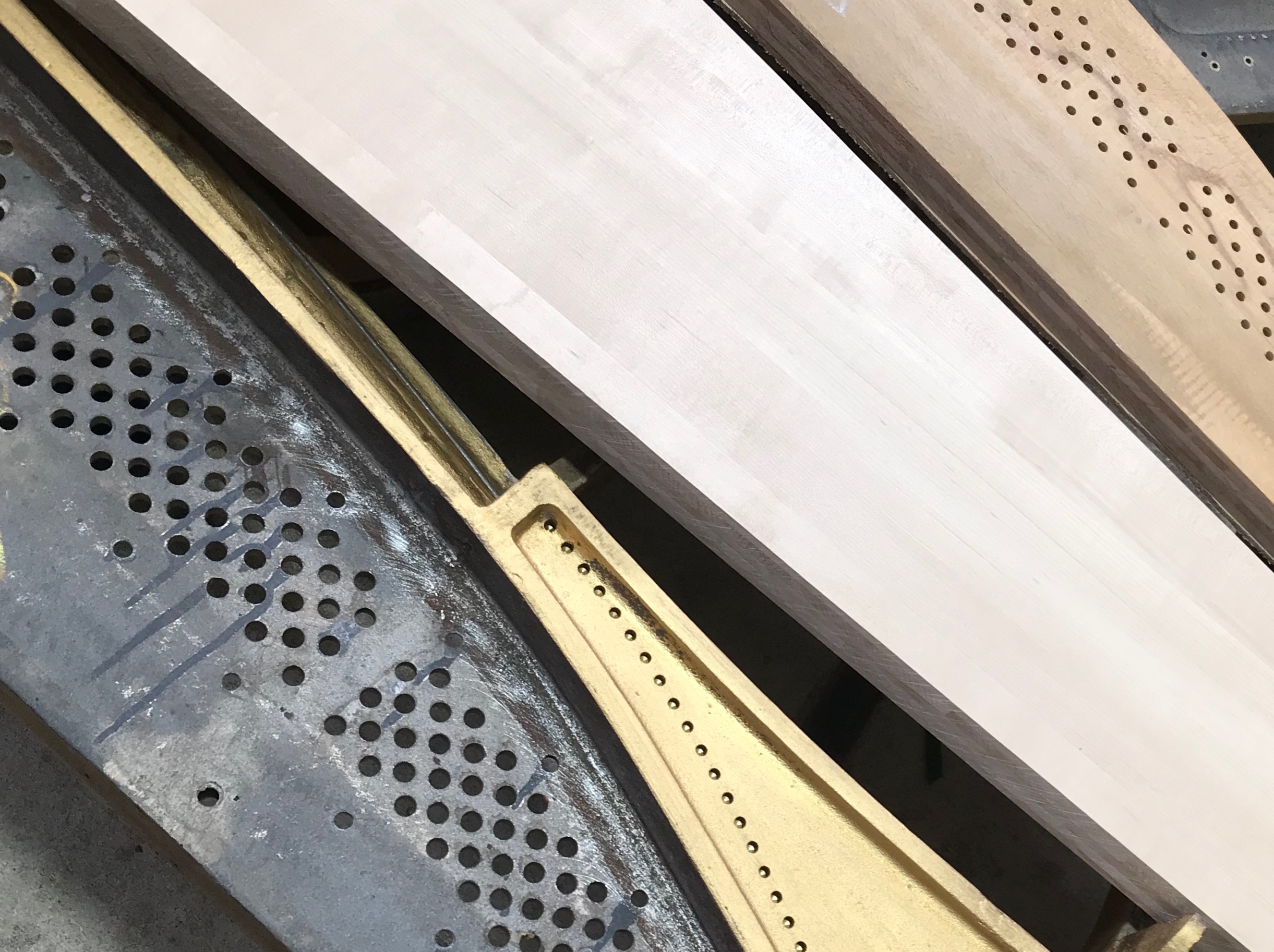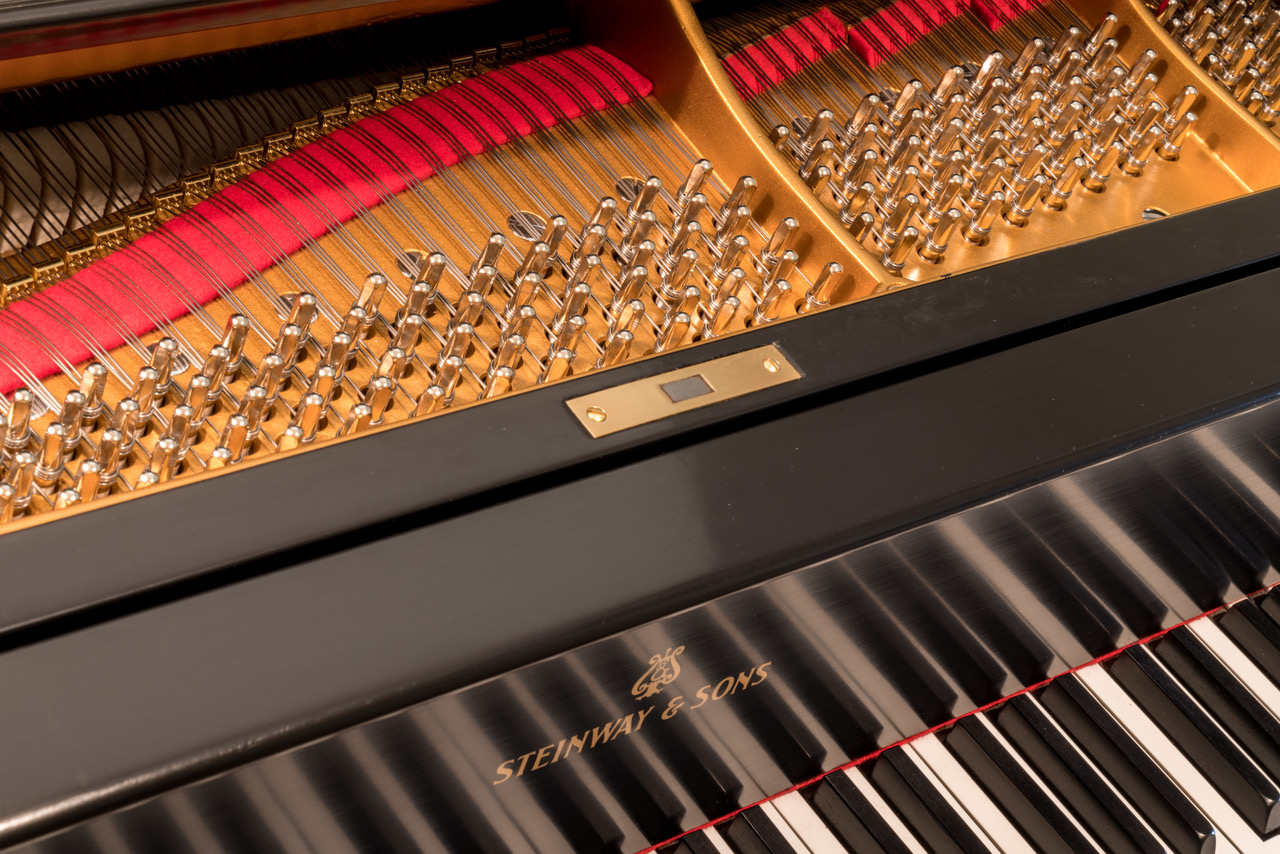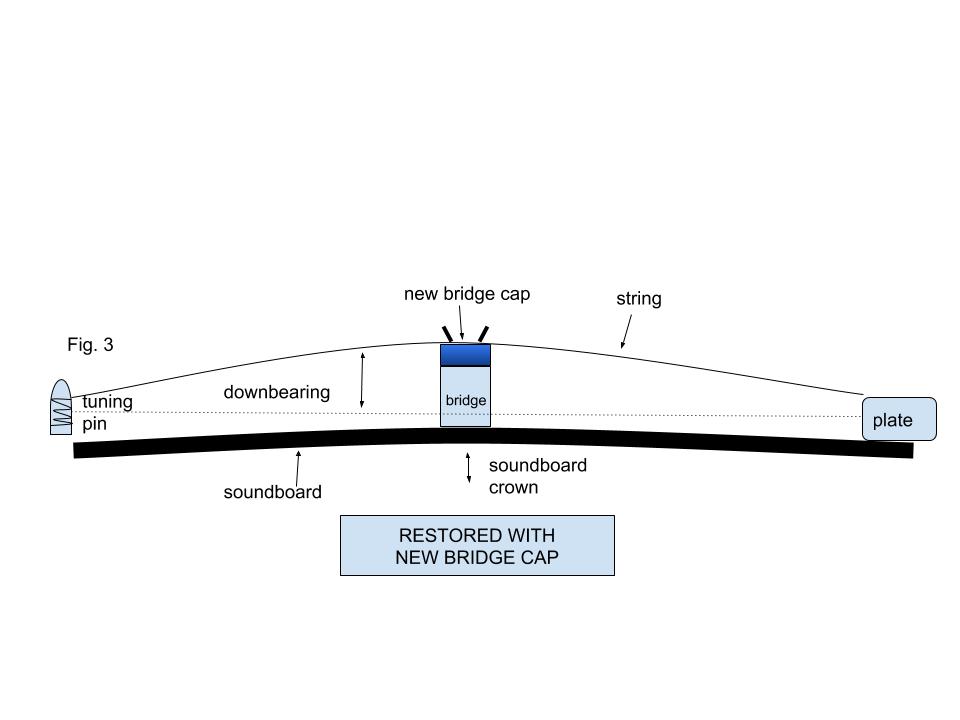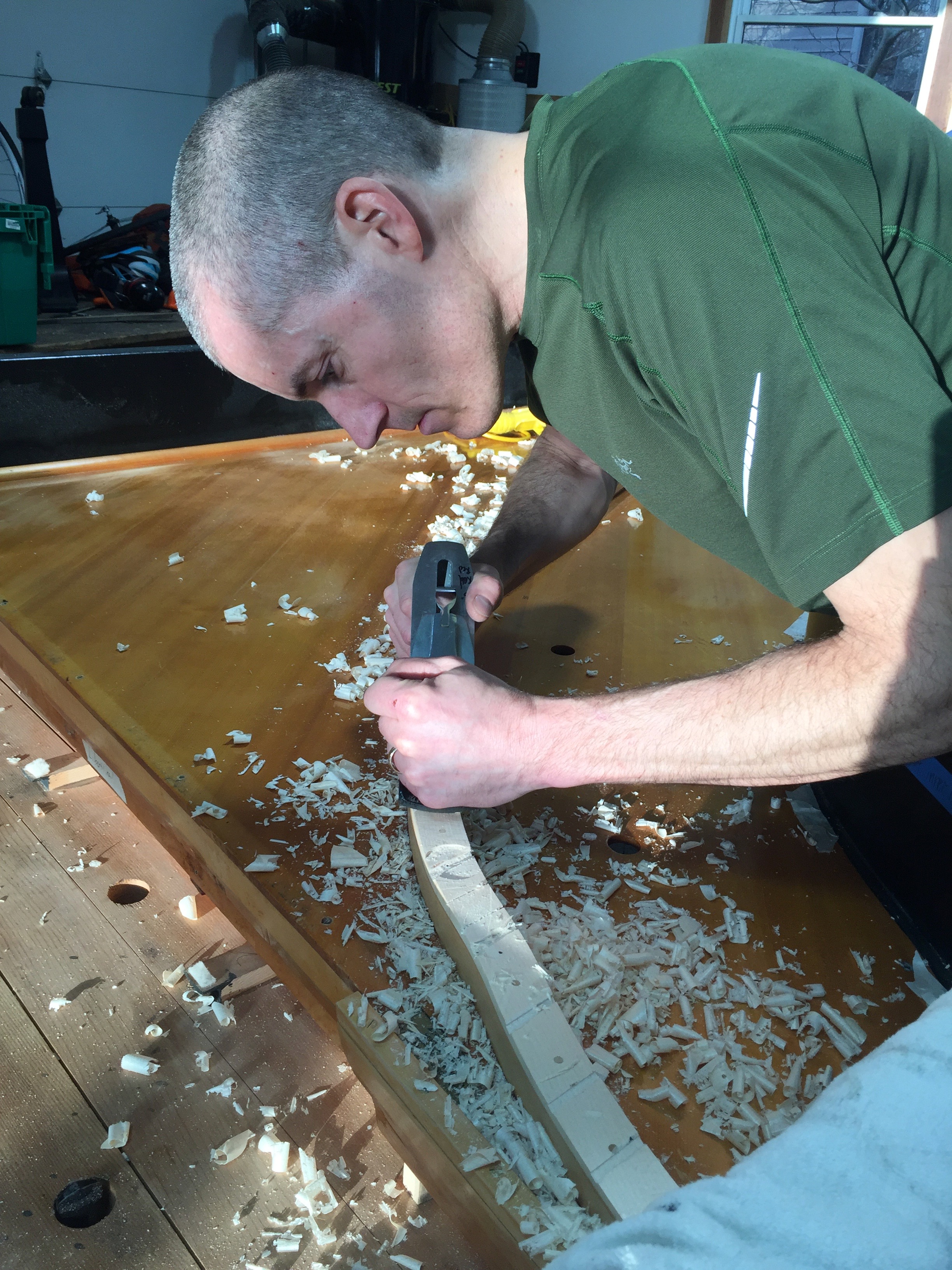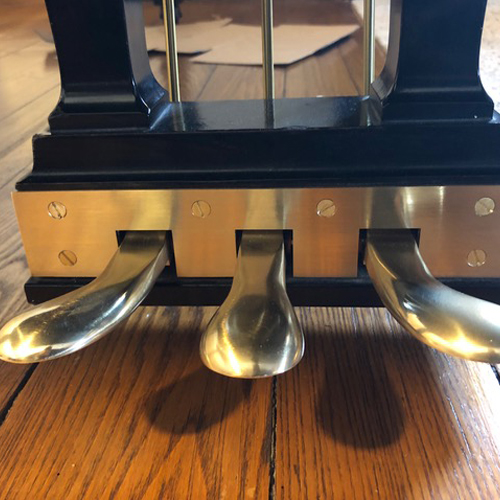Piano Restoration
CREATIVE ENERGY IMBUED IN WOOD
My goal as an experienced piano rebuilder is to improve the performance of your piano with extended service beyond tuning.
Piano restorations can range from 1 day to 6 months or more in duration. Projects are client-focused, and can be tailored to fit any budget. I restore pianos of all manufacturers, and from any time period, with one goal: to make your piano sound great.
Below are some of the steps in my restoration process. Separately or as a complete package they represent tremendous value, providing high quality, artistically sensitive pianos through attention to detail.
Piano Restoration Services
Below are the 3 steps in a complete piano restoration. Separately or as a complete package they represent tremendous value, providing high quality, artistically sensitive piano restorations through great attention to detail.
Action Restoration
The piano “action” is everything that moves between the finger pressing the key and the hammer striking the string. There are 11 adjustments to be made per note on the piano, and I adjust all of these to make the action transfer energy from the key to the string quickly and efficiently. I have worked in demanding concert environments and I am also a pianist, so I know what is required for top performance. My signature ‘Performance Plus' actions provide effortless connection between pianist and instrument.
Here are some of the things I do that make my piano actions perform at a high level:
REGULATION: CRISP, SMOOTH PRECISION
There are 11 adjustments for each note of the piano, from how far the key goes down, to where the hammer sits at rest, to when the damper lifts off the string. These determine touch, repetition speed, control of dynamics, and power. Action regulation is the process wherein I set these adjustments just right for effortless control of the piano from pianissimo to fortissimo.
VOICING: TONE ARCHITECTURE
Voicing a piano involves manipulating the hammers to affect how they strike the string. For instance, if the piano is harsh, uneven, too bright, or too quiet, then I change the hardness of the hammer to eliminate these problems. I use needles to soften and lacquer to harden the hammers as necessary.
DAMPER SYSTEM: MAXIMUM TONE COLOR
The dampers rise from the string when the key or sustain pedal is depressed, and drop back to the string to stop the string from vibrating.
Use of the sustain pedal buy pianists is a fine art, and properly regulated dampers help pianists achieve a full range of expression and tone color.
THE POUNDING ROOM- BREAK IN THE NEW PARTS!
Unique to my shop is a mechanical ‘pounding machine’ that plays the completed piano for 8 hours, fast and loud! This is just like they do at all piano factories to break in the new action parts and strings, resulting in a product that is stable and accurate.
Belly Restoration
The “belly” of the piano consists of the soundboard, bridges, strings, cast iron plate, and the wood pinblock that tightly holds the tunings pins and strings. There is up to 20 tons of tension held by these parts of the piano. Despite this massive amount of force, I adjust various parts of the belly to very small tolerances.
SOUNDBOARD: NATURE MEETS NURTURE
The soundboard of all pianos is made from spruce boards that are quarter sawn from rough cut timber, glued into a flat panel, and then sanded to the proper thickness. The rebuilder always controls the quality and construction of the soundboard, but in the end nature has already determined what the piano will sound like.
REFINISHING: BEAUTY AND DEPTH
A great vintage piano is a work of art; an immaculate case is essential to making your instrument look as good as it sounds. Refinishing work by Hartzler Pianos enhances the presence of your instrument with attention to details
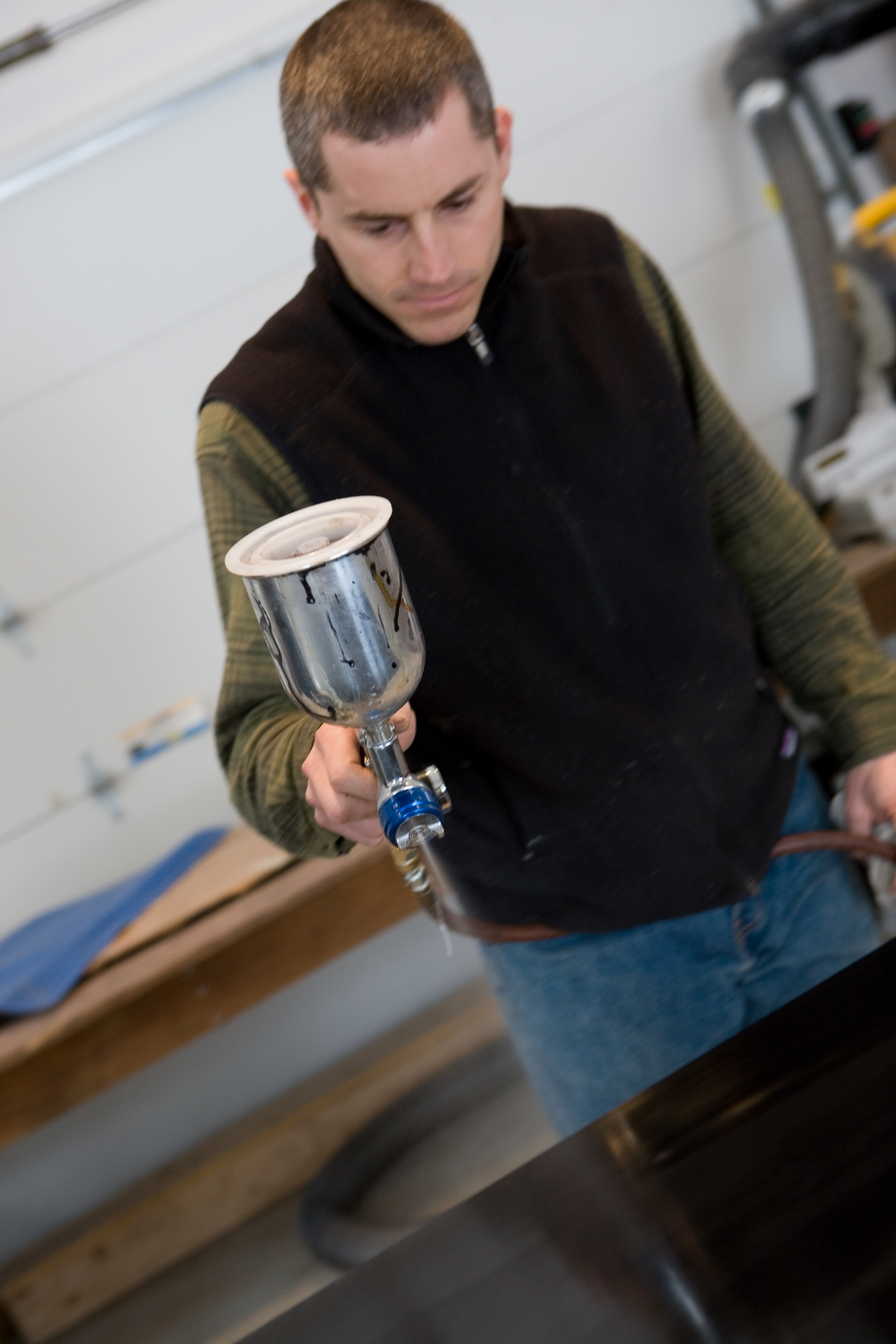

STEINWAY CONCERT PIANOS
I restore all makes and sizes of piano, but a subset of my restorations focuses on Steinway concert instruments. I am a pianist with a degree in music from The Ohio State University. I am also familiar with the piano repertoire, and understand what the instrument needs in order for the pianist to play this great music. In the performance venues I have worked, such as The Aspen Music Festival, the Tanglewood Music Festival, and the Boston Symphony Orchestra, I’ve had up to 6 Steinway concert pianos ready for performance at all times.
Because I have prepared so many Steinway concert instruments at the highest level, I can quickly determine what resources a given piano has to offer and capitalize on them to make the piano speak with one powerful and complete voice. From this comfortable position the artist is able to make music with joy and inspiration.
My Steinway concert grand restorations perform as good as or better than any new Steinway model D.
"I'm absolutely delighted with the improvement in our Steinway concert grand, thank you! The sound is infinitely more beautiful, in tonal balance for the first time since I've known it. The touch is very responsive, and the piano finally sings.”
- Dr. Nicholas Ross, Director of Keyboard Studies, Otterbein University
Additional Services
1 Day In-homeService
1 Day In-home Service
Grand pianos will show tremendous improvement with a one day in-home visit to address:
This visit will bring your instrument to a very high level of performance that is easy to maintain with ongoing tuning and voicing. After this service, you can expect your instrument respond quickly and smoothly, with beautiful tone.
Touchweight Analysis and Correction
Touchweight Analysis and Correction
Grand pianos with poor action design or actions that have been restored incorrectly are unresponsive and heavy to the touch. These instruments benefit from touchweight analysis and correction. Remarkable improvements in piano action performance can be achieved with changes in action geometry and inertia.
Fees for touchweight correction are based on the type of problems present in your piano action.
Other small projects such as bass string replacement and partial action restoration may also be recommended for your instrument.From tuning to regulation to even and responsive voicing, I can bring out the best in your Steinway. I can further improve the performance of your piano with small and large rebuilding projects, from action restoration and stringing to full piano restoration.
Piano Evaluation
If you feel your instrument is not reaching its full potential, contact me to schedule an evaluation of your piano. During this visit I will perform an aural tuning, evaluate your instrument, and then discuss with you in detail the options available to make your piano responsive and beautiful. My piano restoration services encompass all aspects of piano performance, including:
With this full service approach, I can develop a plan of action for you that suits both your musical needs and your budget. Contact me to schedule an appointment.
Service Area
Piano restoration services are provided nationwide utilizing a network of piano moving services.
Expertise
My expertise in all aspects of piano performance insures that your instrument will receive the best quality care. If you need quality in-home service for your upright or grand piano, I provide all of the services you need for your instrument, from tuning to all repairs, with great customer service that you can feel comfortable with.
If you need service for a Steinway piano, I have the expertise to provide the best in service for your Steinway. My experience at all-Steinway institutions such as The Boston Symphony Orchestra as well as summer music festivals at Aspen and Tanglewood requires an in-depth knowledge of the Steinway piano that makes my Steinway piano service unique. At these institutions I have prepared scores of Steinway grands for faculty and students, and prepared Steinway concert instruments for great artists. This level of experience means great care for your Steinway. From tuning to regulation to even and responsive voicing, I can bring out the best in your Steinway. I can further improve the performance of your piano with small and large rebuilding projects, from action restoration and stringing to full piano restoration.




